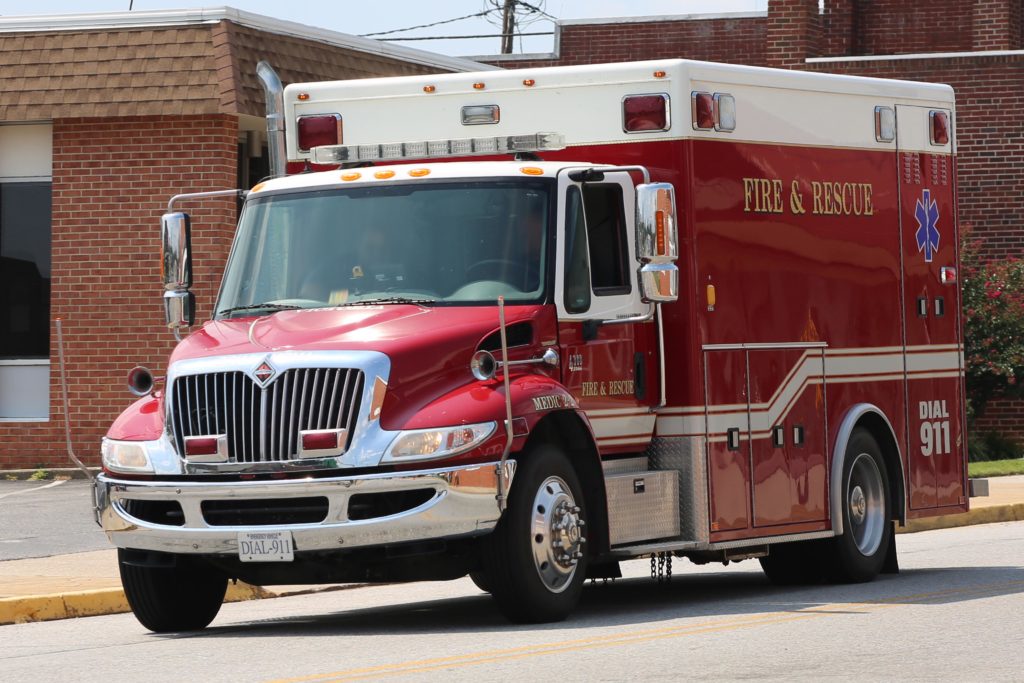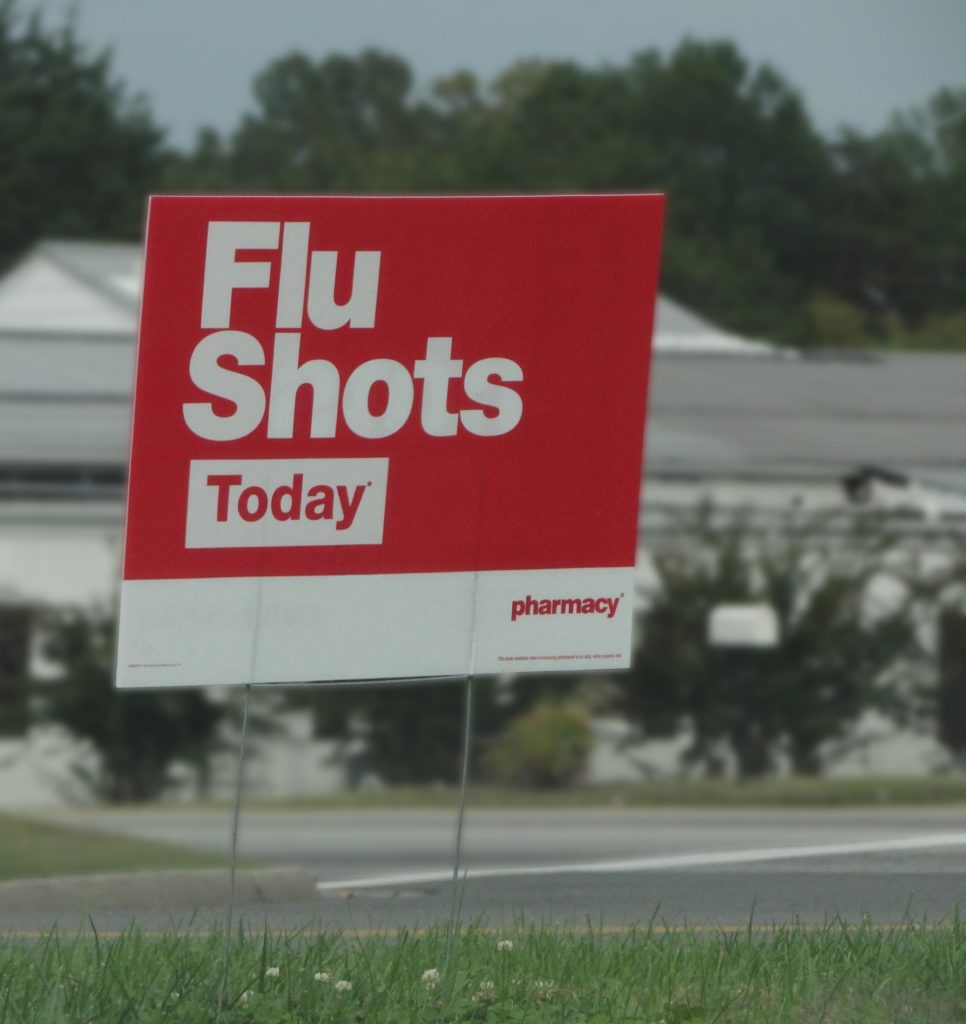Supplement your health insurance
3rd in the series. You may want to start with the first article “how to start a financial safety net“.
Do you know that the cost of repairing a broken arm requiring surgery is typically $16,000? Given our current medical
knowledge and technology, a broken arm (often) is not that big of a deal—even when surgery is required. The amount of money you pay for the medical attention, however, is a really big deal—even with the benefit of health insurance.
If you have health insurance (In the US, having it is now required by law.), the deductible is usually $500. In addition, the insured is responsible for 30% of the remainder of the bill, not to exceed the annual maximum out-of-pocket contributions. In general, the maximum out-of-pocket for a single person is around $6,850 and $13,700 for a family. That’s a lot of money.
Notes:
1) The deductible is the amount of money you pay before your insurance picks up any part of the bill.
2) The maximum out-of-pocket limit is the amount you are required to pay (yearly) before your insurance company pays 100% for covered medical expenses. The insured reaches this limit by paying a percentage of each claim against their policy. (For purposes of this illustration, it’s 30%.) Both your deductible and your maximum out-of-pocket limit are set by your policy.
3) Sometimes, insurance companies pick up the charges for certain procedures, such as routine checkups and preventive screenings without you needing to pay your deductible. (By the way, even if your figures vary from mine, I’m sure we can agree that health insurance is expensive, and so are medical emergencies—even with the insurance.)
The yearly maximum-out-of-pocket-limit of $13,700 is a lot of money, and the required 30% contributions on each claim toward that figure can make needed medical care expensive. The intent of this article is to show you a way to decrease the impact of your maximum-out-of-pocket limit on your lifestyle. The first thing to do is talk to your insurance agent. So that you can take full advantage of your policy, become educated on the coverage and details of your health insurance policy: Know what your deductible is, the maximum-out-of-pocket, and what percent you are responsible for paying. The bottom line question is, “What is my financial responsibility for office visits, scheduled procedures, and emergencies, including ambulance service, facility fees, medicine, supplies, physicians and support personnel?” (And, anything else you can think of.) When I’m talking to an insurance agent, I continue asking questions until I understand the answer. Also, I require them to show me where in the policy the answer is supported.
Back to the broken arm
A member of a typical (insured) family broke an arm, and surgery was required to fix it. The bill for the broken arm was $16,000. After the $500 deductible, the balance left on the bill is $15,500. By terms of their insurance policy the family owes 30% of that balance—assuming they have not already met their out-of-pocket limit. Remember, they chip away at the $13,700 out-of-pocket maximum by paying 30% on each claim they make (after paying the $500 deductible per claim)—until the limit is met. (There are families with enough medical expense that they do reach the out-of-pocket maximum. At that point their insurance picks up the whole expense. But, it will start all over again with a new year.)
Ok … In this case the total bill was $16,000. The deductible of $500 was paid, leaving a balance of $15,500. This family has not yet reached their $13,700 maximum out-of-pocket limit, so they owe 30% of that $15,500—$4650. Without the required health insurance, the family would have been responsible for the total expense—$16,000. That’s a lot of money, but so is their obligation of $4650.
From medical to financial emergency
The patient is on the mend, and with the insurance company paying approximately 62% of the bill, the cost to the family has been considerably reduced. But, don’t forget that in addition to remaining $4650 the family had that deductible of $500. $5150 is a significant amount of money to anyone. (And, who’s to say that there won’t be another medical crisis soon?)
Did you know many (perhaps, most) American families live paycheck to paycheck and have little or no savings? To pay a bill this large, they need to borrow money.
But … They’re living paycheck to paycheck now. How will they pay off the borrowed money (and the interest)? This could be a financial disaster.
A budget is the answer to that. It’s not that they don’t make enough money, but that they live paycheck to paycheck. They need to develop a plan that will allow them to maximize the funds they bring home. Living with a budget—rather than controlled by the moment, living in a constant state of crisis management—they can cover the present, clean up the past, and prepare for the future.
Alternatives
After the fact there is very little that can be done other than arrange/rearrange a budget to accommodate the payments. So, here are some ideas that can help alleviate the financial impact of future medical crises:
If you do the research and shop around enough, you may find a health insurance policy with a smaller deductible and lower out-of-pocket maximum than you currently pay. That means the insurance company would be responsible for a larger percentage of the bill, and changing policies might be beneficial. But, there are the monthly premiums to consider. They could be significantly higher. Insurance companies design all their policies to yield a profit. Two other things come to mind: One, are the benefits comparable? And two, if you spontaneously make a change, it could cost a lot of money; you’ll probably want to wait until the next open enrollment period.
Some people buy a secondary insurance policy. (Your first health insurance policy is considered the primary one.) The benefits of a secondary policy are designed to coordinate with those of your primary. Its purpose is to pay off (or come close to paying off) the remainder of a claim after the primary policy has met its limits. Depending on the terms of the policy, a deductible might still be your responsibility. This insurance can greatly reduce your financial responsibility to a claim, but it requires you pay another monthly premium.
Another alternative is supplemental health insurance. Supplemental plans are designed to help pay part (maybe all) of your out-of-pocket expenses, including the deductible. Often they cover specific benefits not available in a primary plan. The need for insurance to help cover the cost of eye or dental care is a common reason to buy a supplemental policy. Some will pay you a temporary disability while you heal from covered illness or injuries. As with any other insurance, when shopping for a supplemental policy have an in-depth conversation with the agent about the benefits and limits of coverage. And, while monthly premiums for this type of policy are usually not huge, they are a regular, recurring demand on your funds.
Probability
I know I’ve said that you can’t be sure any particular medical emergency will be an isolated event. It’s unfortunate, but some lives seem to be a constant stream of them. Most are not.
Primary insurance with coverage meeting certain specifications is required. Beyond that each of us can add more coverage as we perceive our needs and as we can afford. The amount of health insurance to buy is a personal decision: Will the benefits of coverage outweigh the drain on your ready money?
Short story
We lived in South Carolina for quite a few years, in Navy Housing, then in our own house. When we lived in town, we became close with a (considerably) older neighbor. He was afraid for just about all aspects of his health. He really didn’t have much reason to be—other than he was old. Anyway, he was quite happy that he could afford a lot of health insurance. If something “got him,” he’d probably come home from the hospital “free and clear.” Anyway, I know that even though he could see fine, he had vision insurance. In the several years that I knew him, he never once went to the eye doctor—not even for the recommended (and covered) two-year eye exams.
Will you use the coverage you’re paying for? Are you willing to pay (for years) for an event that may or may not happen? My neighbor felt he could afford a lot of insurance (even if he didn’t take advantage of it). Not everyone can afford to over insure themselves, nor should they consider doing so. The concept of being “insurance poor” is not new.
Definitely, medical insurance has a place in a financial safety net that can protect your lifestyle during crises. There is no doubt that insurance reduces your financial liability, but—still—for many of us the deductible and percentage we have to pay out-of-pocket of each claim, until we reach the maximum limit, is a major challenge. Borrowing to meet that financial obligation or purchasing additional coverage can deplete funds we need to live on. Instead of borrowing or buying more insurance, a well- developed emergency fund could greatly ease, if not eliminate, that problem.
Short Rant
During any emergency it is important to remain debt free.
Strategy is everything
That a medical emergency can morph quickly into a financial emergency confirms that it is important to have both a good health insurance policy and a personal emergency fund. Insurance alone can be inadequate or oppressively expensive. It’s necessary to have a strong financial safety net to protect your lifestyle during health or other crises. Insure your health insurance policy with your own insurance—cash.
Make it happen
Your financial safety net won’t come together by chance. It has to be built, and building anything requires a plan—in this case a budget. The plan needs to be initiated now. (Just as insurance has to be purchased before it can be used, funds need to be accumulated before they can provide an effective financial safety net.) And, it does take time.
“So, I need a budget? What’s reasonable?”
There are many self-help resources for budgeting in print or online. Browse through some to find a plan you can work with. I’d suggest one with strong emphasis on an emergency fund. After you put your plan together, stick with it. As I said before, it will take some time to build a financial safety net, but it will never come together if you aren’t diligent.
A financial safety net will protect your lifestyle.
Ideally, an emergency fund holds 12 months worth of living expenses + the estimated medical expenses for a year. That would include your deductible for several emergencies as well as your yearly out-of-pocket maximum. If you have a medical emergency, you are financially prepared, and lack of money is not a consideration for receiving needed care.
Any time you tap the funds in your emergency account, replace them as quickly as possible—even if it requires an adjustment to your budget. This may seem drastic, but keep in mind that many people don’t have enough medical expense on a yearly basis to pay the whole of their out-of-pocket maximum. Any funds you don’t use this year can roll right over and be available for next year.
This brings up a question about using money you’ve saved if your emergency account is not fully funded—and it probably won’t be for a while. It takes time to build a financial safety net, but after you’ve been regularly contributing to your emergency account, you could have enough to meet the deductible and out-of-pocket requirements of one (or more) medical issues. After using some of your emergency funds, work on replacing and adding to them.
“Medical expenses have already put me in debt.”
Budgeting can help you build a financial safety net, too.
Debt repayment will be a major (perhaps the major) category in your plan. Some think debt and developing an emergency fund should be dealt with simultaneously. To me it makes more sense to commit all possible resources to clearing up debt first. Debt costs money (interest payments) as long as it exists. Anything you “save” while you are in debt is undermined by that cost. None of your money is actually yours until you have finished paying off your debt: It’s owed to someone else. Once you are debt free, you are free to save and insure yourself against going into debt again.
Conclusion
A financial safety net can mitigate the threat to your lifestyle brought by debt generated by the cost of medical care—especially when unexpected. Adequate, but not excessive, health insurance and a well-funded emergency fund are important factors of your financial safety net.
Read the next article how to protect your home
Never miss another post follow me on Facebook




